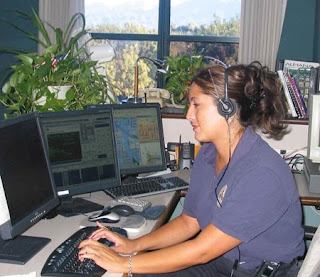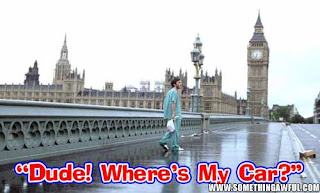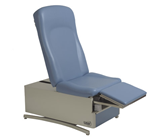Modernizing the ADA
Posted on - Sunday, August 1st, 2010This is the new Press Release from the DOJ about the “modern” changes to the ADA
WASHINGTON July 23, 2010 – The Justice Department announced today that it will publish four new Americans with Disabilities Act (ADA) proposals addressing the accessibility of websites, the provision of captioning and video description in movies shown in theaters, accessible equipment and furniture, and the ability of 9-1-1 centers to take text and video calls from individuals with disabilities. The proposals are in the form of advance notices of proposed rulemaking, or ANPRMs, which provide information on these ADA issues and ask questions seeking comments and information from the public. The four ANPRMs will be published in the Federal Register on July 26, 2010.
“We are working hard to ensure that the ADA keeps up with technological advances that were unimaginable 20 years ago,” said Attorney General Holder. “Just as these quantum leaps can help all of us, they can also set us back – if regulations are not updated or compliance codes become too confusing to implement. To avoid this, the Department will soon publish four advanced notices of proposed rulemaking regarding accessibility requirements for websites, movies, equipment and furniture, and 9-1-1 call-taking technologies.”
Web Accessibility
State and local governments, businesses, educators, and other organizations covered by the ADA are increasingly using the web to provide information, goods, and services to the public. In the web accessibility ANPRM, the department presents for public comment a series of questions seeking input regarding how the department can develop a workable framework for website access that provides individuals with disabilities access to the critical information, programs, and services provided on the web, while respecting the unique characteristics of the internet and its transformative impact on everyday life.
Next Generation (NG) 9-1-1
9-1-1 centers are moving towards an Internet-enabled network to allow the general public to make a 9-1-1 “call” via voice, text, or video over the Internet and directly communicate with personnel at the centers. The NG 9-1-1 ANPRM seeks information on how the centers may be able to provide direct access to 9-1-1 for individuals with disabilities as they implement new communication technologies.
Captioning and Video Description in Movies Shown in Movie Theaters
Recent technologies have been developed to provide closed captions and video description in movies being shown at movie theaters. Movie studios have begun to produce and distribute movies with captioning and video description. However, these features are not generally made available at movie theaters. In the captioning and video description ANPRM, the department asks for suggestions regarding the kind of accessibility requirements for captioning and video description it should consider as proposed rules for public comments, particularly in light of the industry’s conversion to digital technology.
Equipment and Furniture
Full use of the nation’s built environment can only be fully achieved by the use of accessible equipment. There is now improved availability of many different types of accessible equipment and furniture, ranging from accessible medical exam tables, chairs, scales, and radiological equipment and furniture to “talking” ATMs and interactive kiosks. In the equipment and furniture ANPRM, the department poses questions and seeks comments from the public, covered entities, equipment manufacturers, advocacy and trade groups about the nature of accessibility issues and proposed solutions for making equipment and furniture accessible to persons with disabilities.
 Abadi
Abadi 




